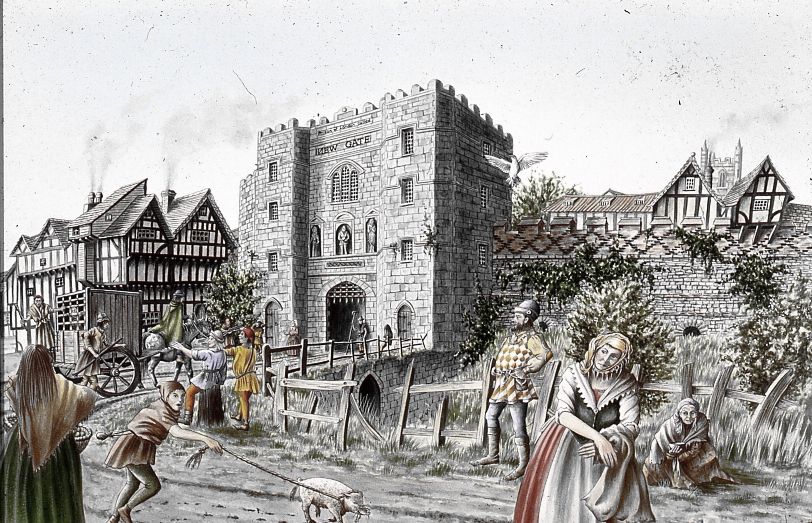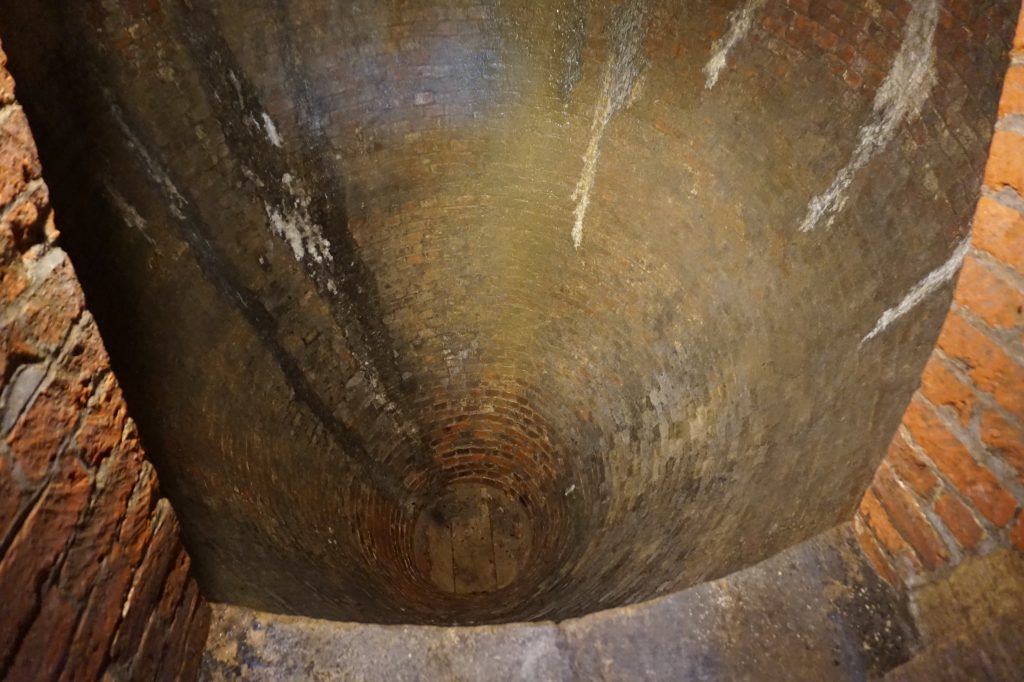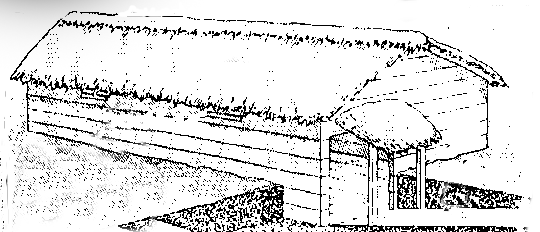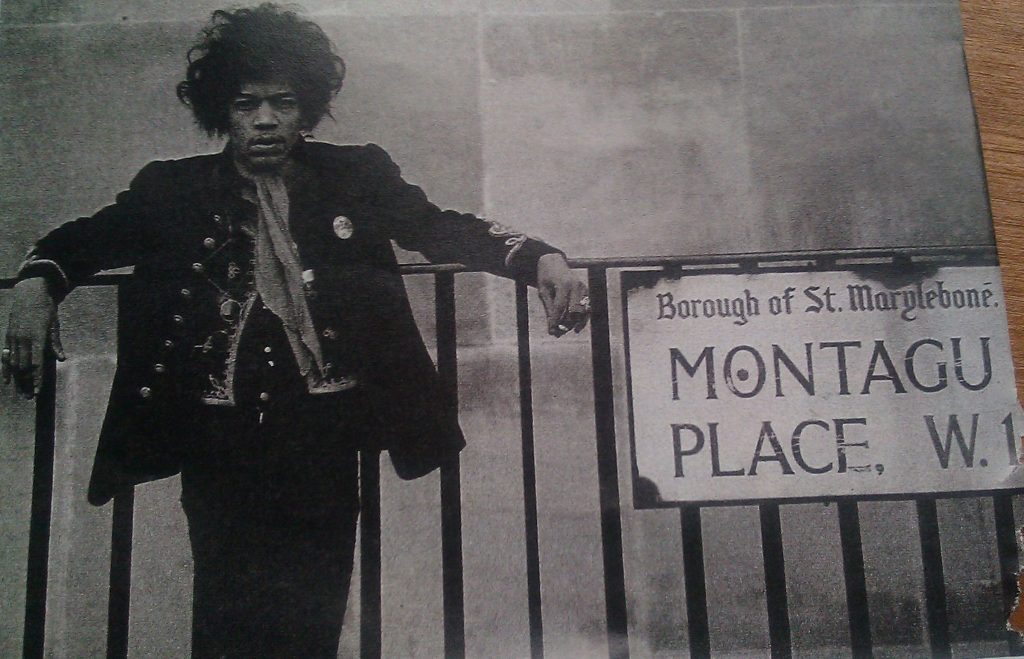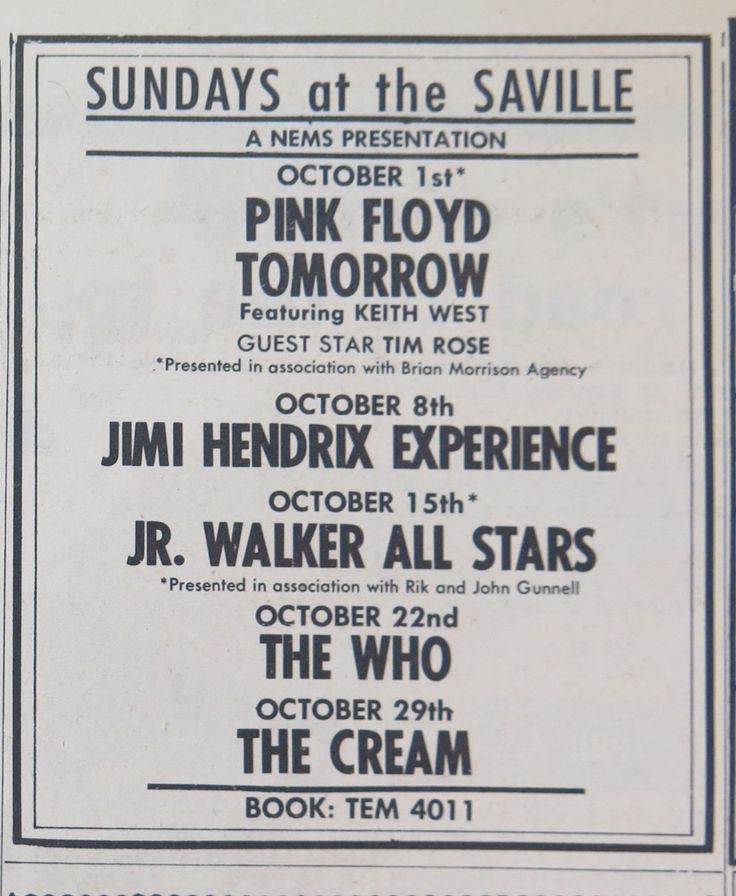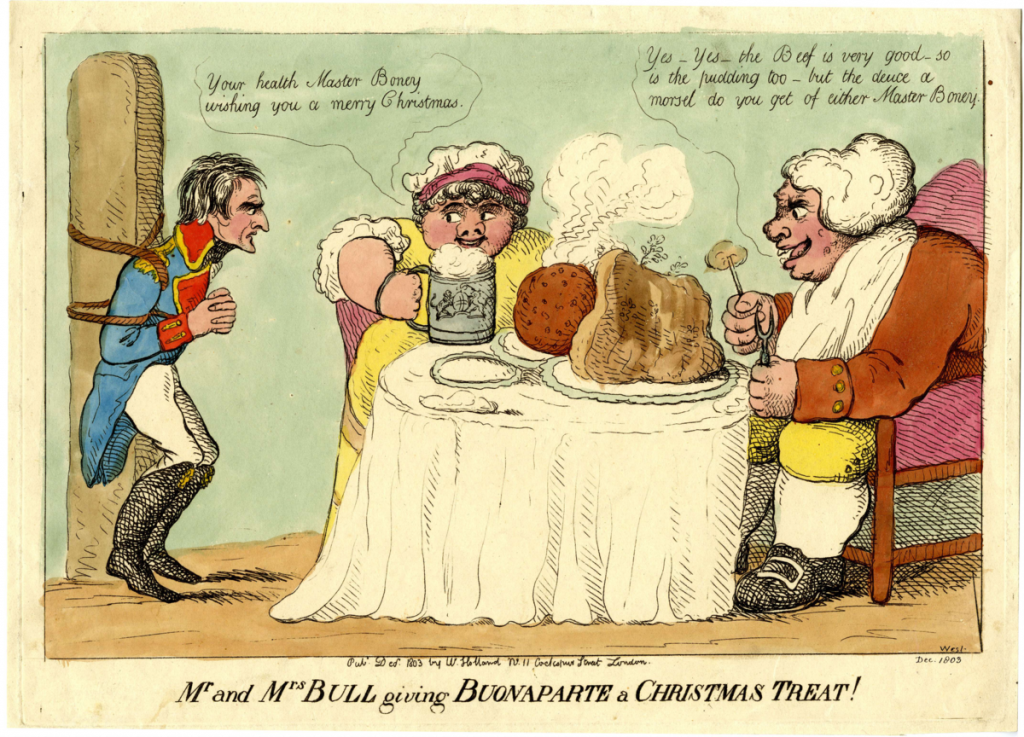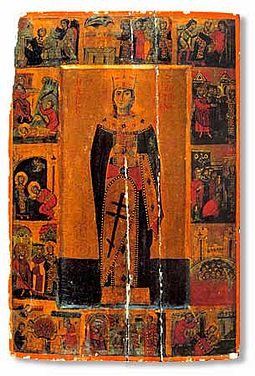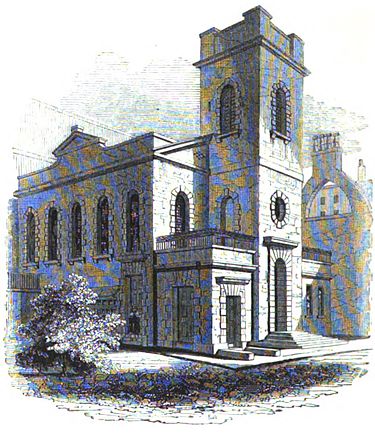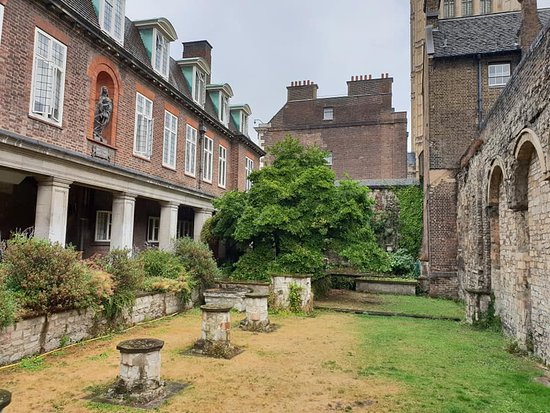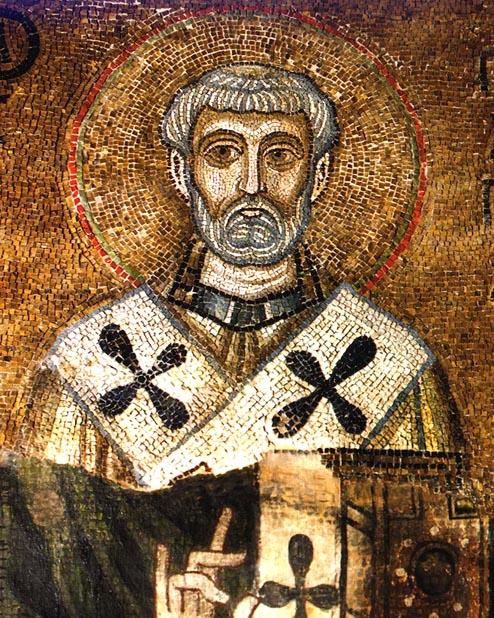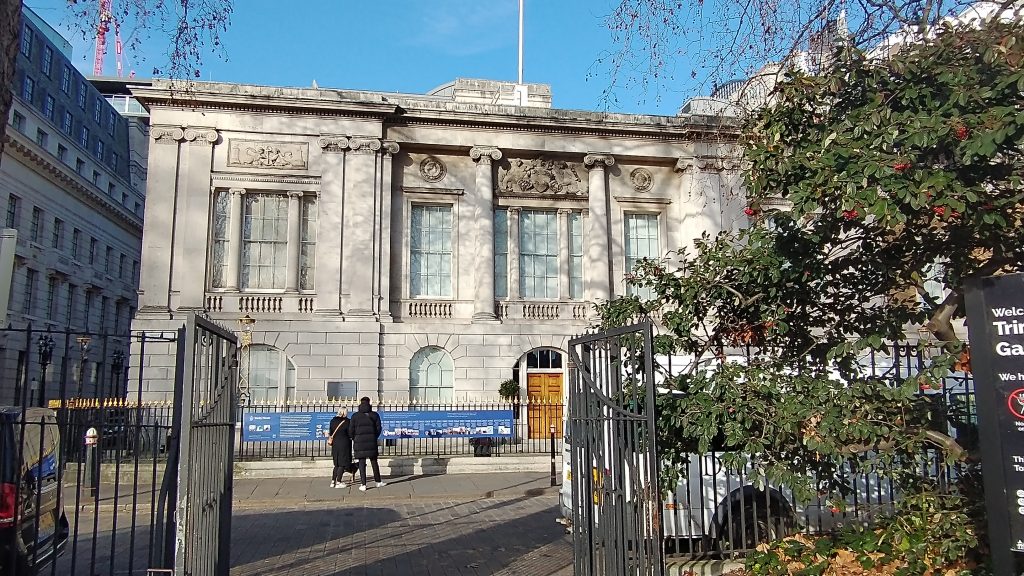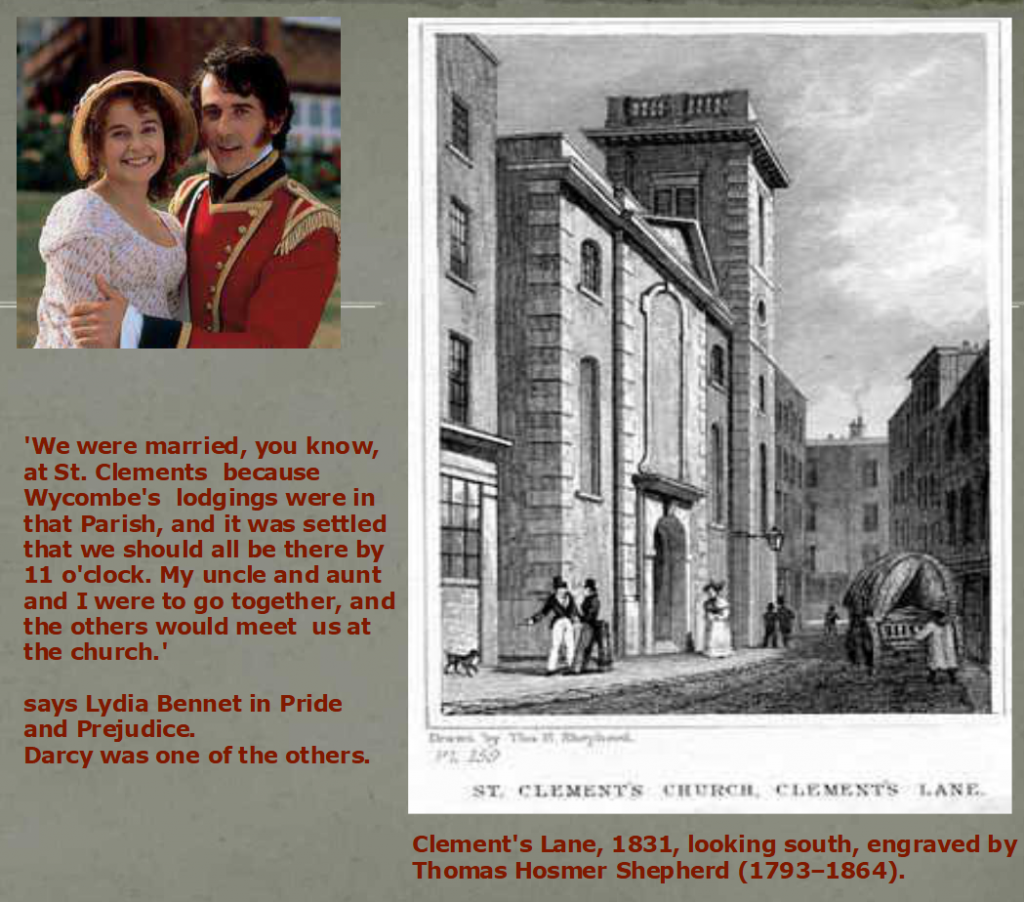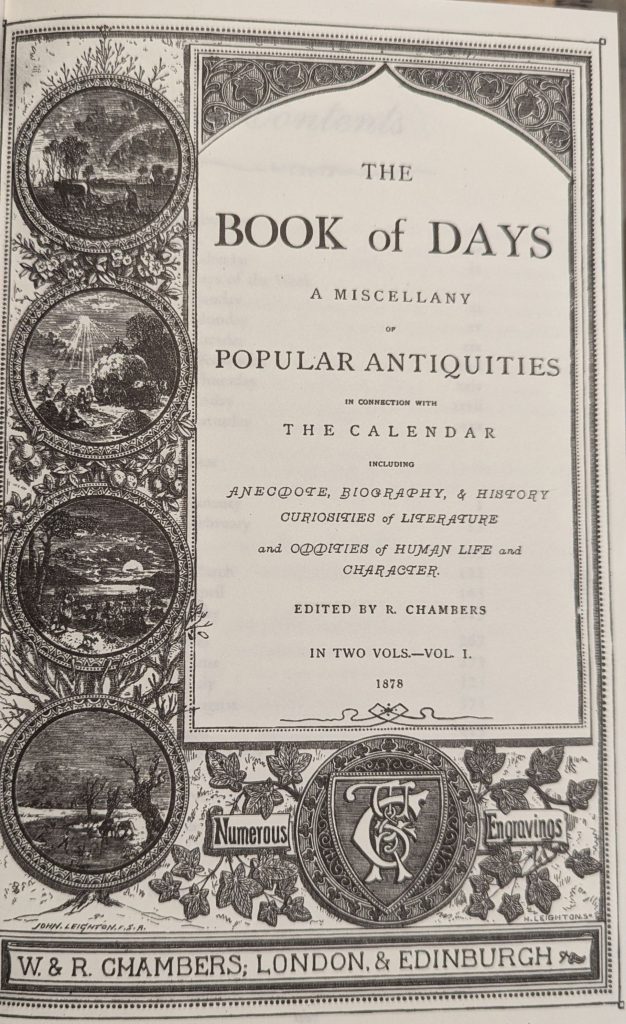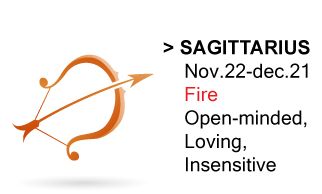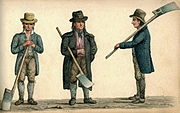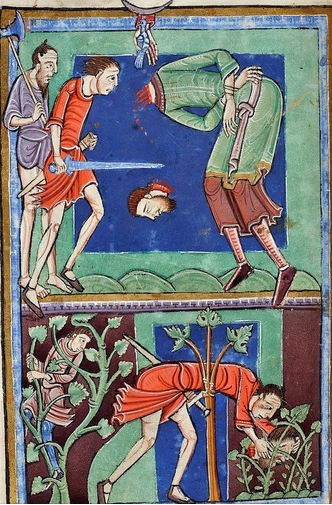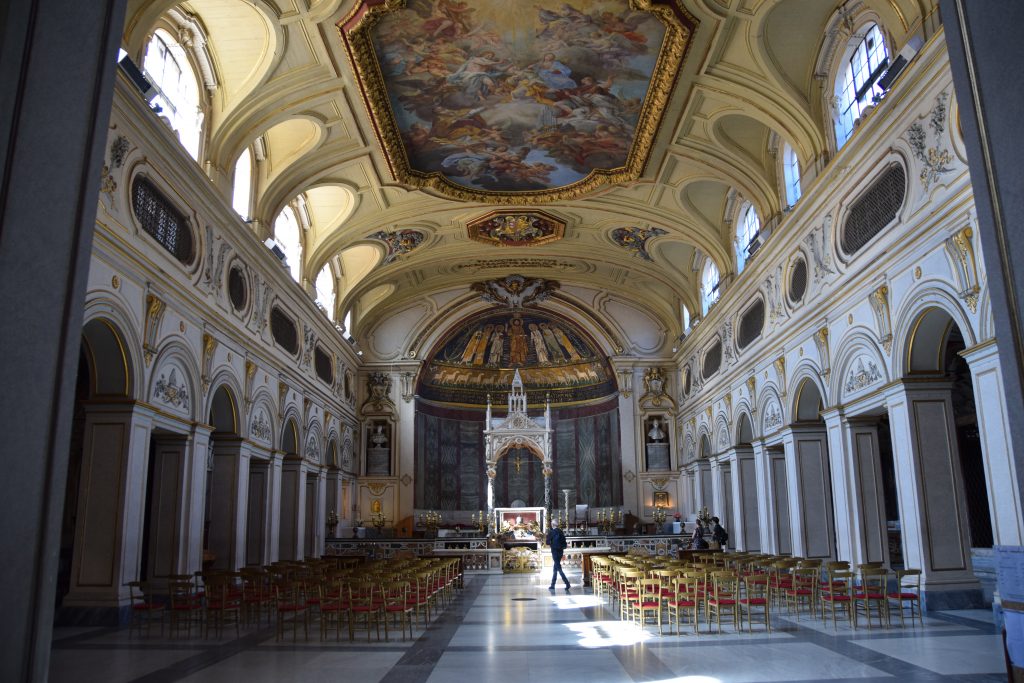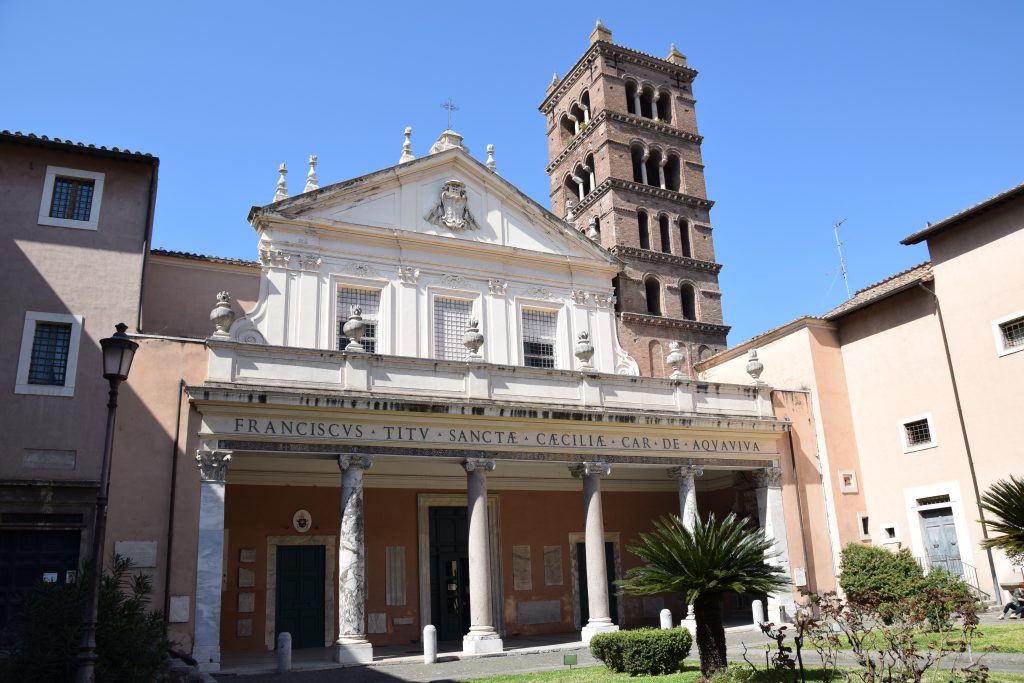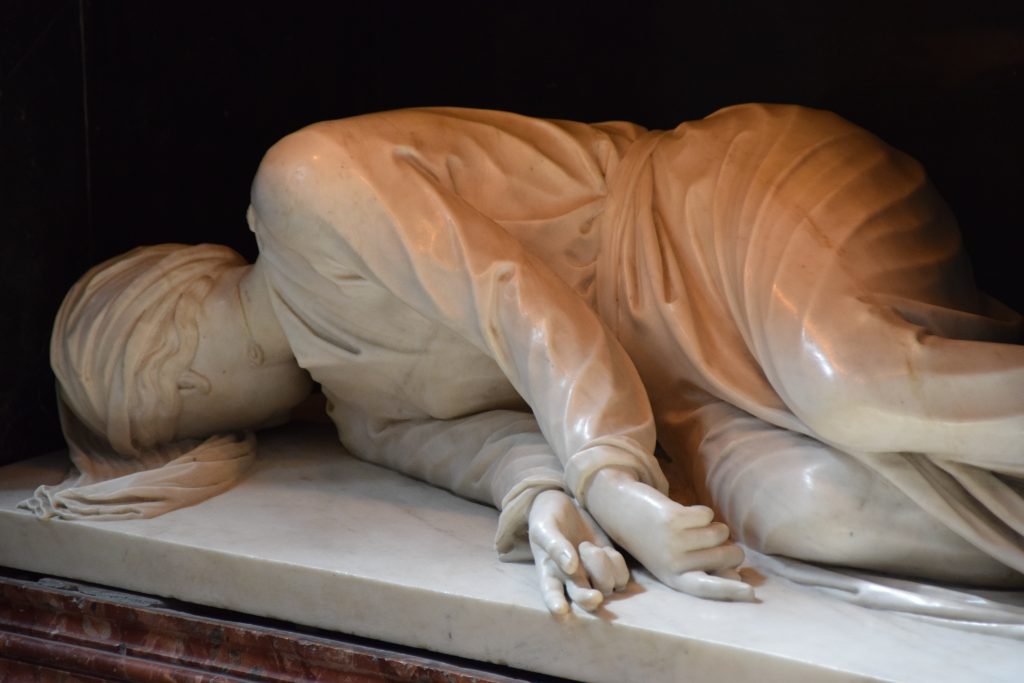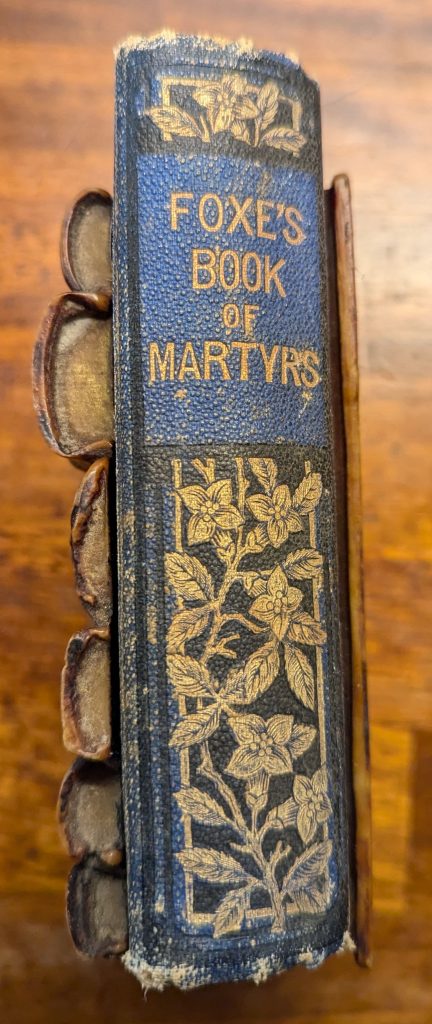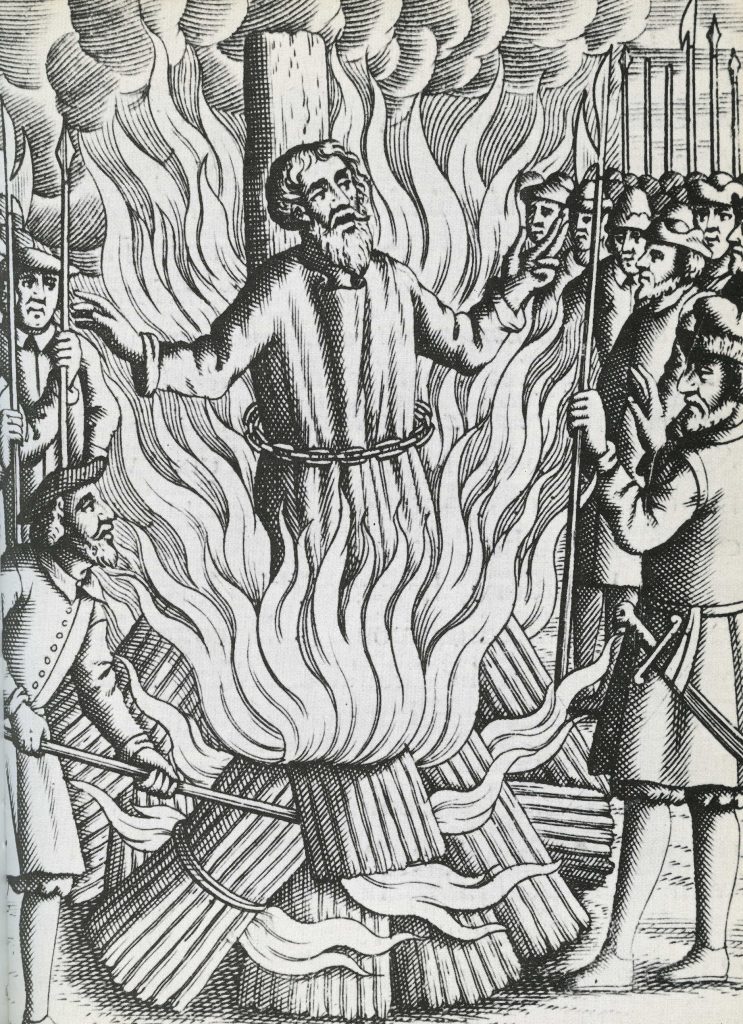
Saint Andrew was the first Apostle and, it was he who introduced his brother, Simon Peter, to Jesus. Not much about his later life is known, but the idea that he was martyred on a X-shaped cross, the saltire, is probably a medieval invention. He was a simple fisherman and so patron of fishermen, and fishmongers. Furthermore, the patron saint of Scotland and Russia; of singers and pregnant woman, and efficacious in offering protection against sore throats and gout.
His association with Russia comes from Eusebius, who quotes Origen recording that Andrew preached in Scythia. The Chronicle of Nestor says he travelled to Kiev and Novgorod and so became a patron saint of Ukraine, Romania, and Russia. (Wikipedia).
Scottish legends has St Andrew both visiting Scotland and some of his relics coming to Fife in the 4th Century or the 8th Century. St Rule was tasked with taking some of Andrew’s relics to the edges of the world, and he turned up in Fife with a kneecap, arm and finger bone which were kept in St Rule’s Church and which gave St Andrew’s name to the town. The earliest recorded name for the town is Gaelic and is Cennrígmonaid, which means something like the King’s Peninsula near the Moor. The fame of the Church changed the name of the town to St Andrews (no apostrophe as it was named before the French gave us apostrophes in the 1600s.
St Andrews is also famous as the home of golf and the oldest University in Scotland, (founded in 1412). The relics were transferred to the Cathedral, but they were destroyed in the Reformation. In 1979, the Archbishop of Amalfi gifted a piece of Saint Andrew’s shoulder blade to St Andrews and Pope Paul VI gave further remains to Scotland in 1969
The Day is an official bank holiday in Scotland and is celebrated with events all over the country, including a torchlight procession in Glasgow. (https://theculturetrip.com/europe/united-kingdom/scotland/articles/what-is-st-andrews-day-and-how-do-people-celebrate-it-in-scotland/).
Celebrate with a Haggis and a Whisky!
In Kent and Sussex Andrewtide gave the right to hunt squirrels, and in Hasted’s History of Kent (1782) the day is said to allow the ‘lower kind’ to form a lawless rabble hunting any manner of hares, partridges, and pheasants. (Perpetual Almanac by Charles Kightly).
St Andrew in London

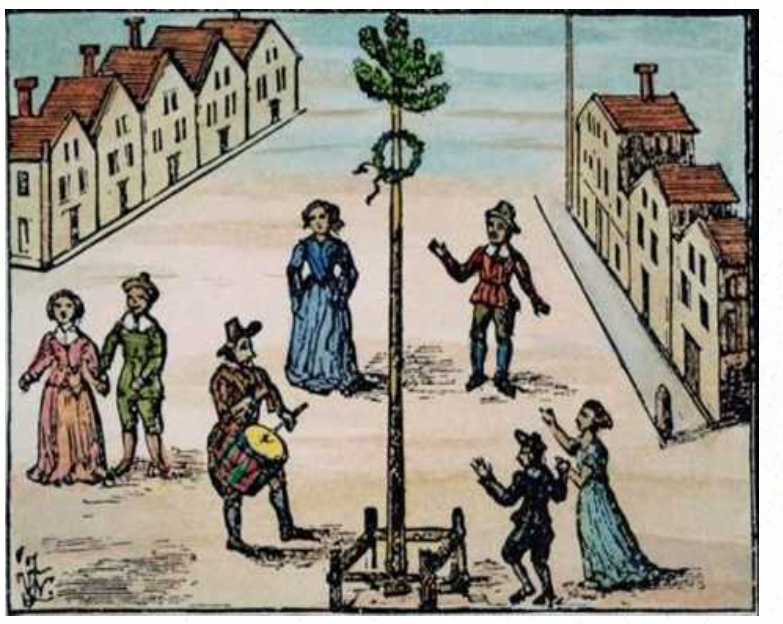
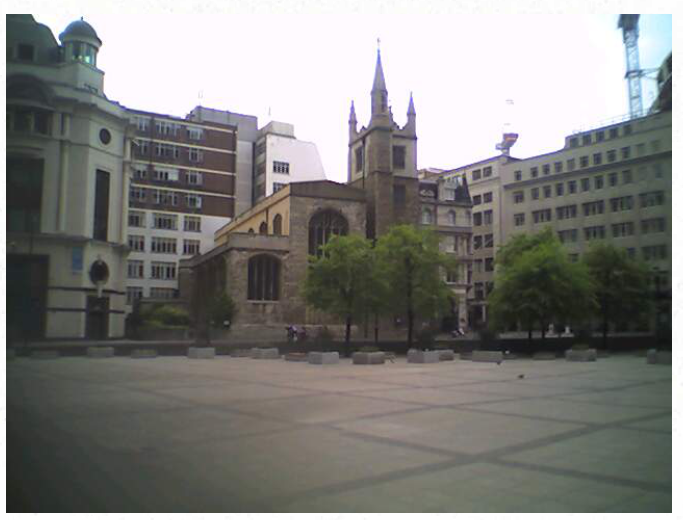
On the corner of Leadenhall Street and St Mary Axe in the City of London is one of the very few medieval Churches that survived the Great Fire of London is 1666. It was sheltered by the firebreak that was the Leadenhall, a big market building made of stone (but with a big lead roof).
The Church is the Maypole Church as it was here the Maypole or the shaft was stored under the eves of the Church when not in use. Hence, St Andrew’s sobriquet of ‘Undershaft’. The May Day riot in 1517 put an end to the dancing around the Maypole but the pole itself survived until 1547 when, in a Puritan riot, the ‘stynking idol’ was destroyed. (see my May Day blog post here for more details of Mayday.)
This is where the great London historian John Stow is buried. His Survey of London is one of the best sources for Medieval and Tudor London. Every three years, on April 5th or thereabouts, there is a commemorative service and his quill is changed. The Lord Mayor attends and it is organised by Stow’s Guild – the Merchant Taylors.
John Stow, author of the ‘Survey of London‘ first published in 1598. Available at the wonderful Project Gutenberg: ‘https://www.gutenberg.org/files/42959/42959-h/42959-h.htm’
There is also a plaque to Hans Holbein, but no one knows, for sure, where he is buried. He died in London in 1543, possibly of plague.
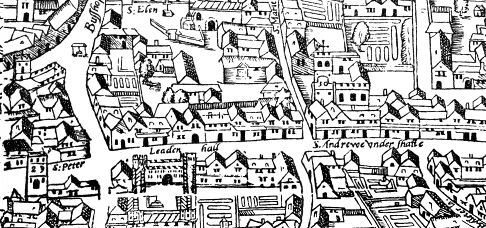
Last Day to get married before Advent.
Traditionally, you could not marry after Advent and before 12th Night. So now might be the last chance to marry before that bump gets too big!
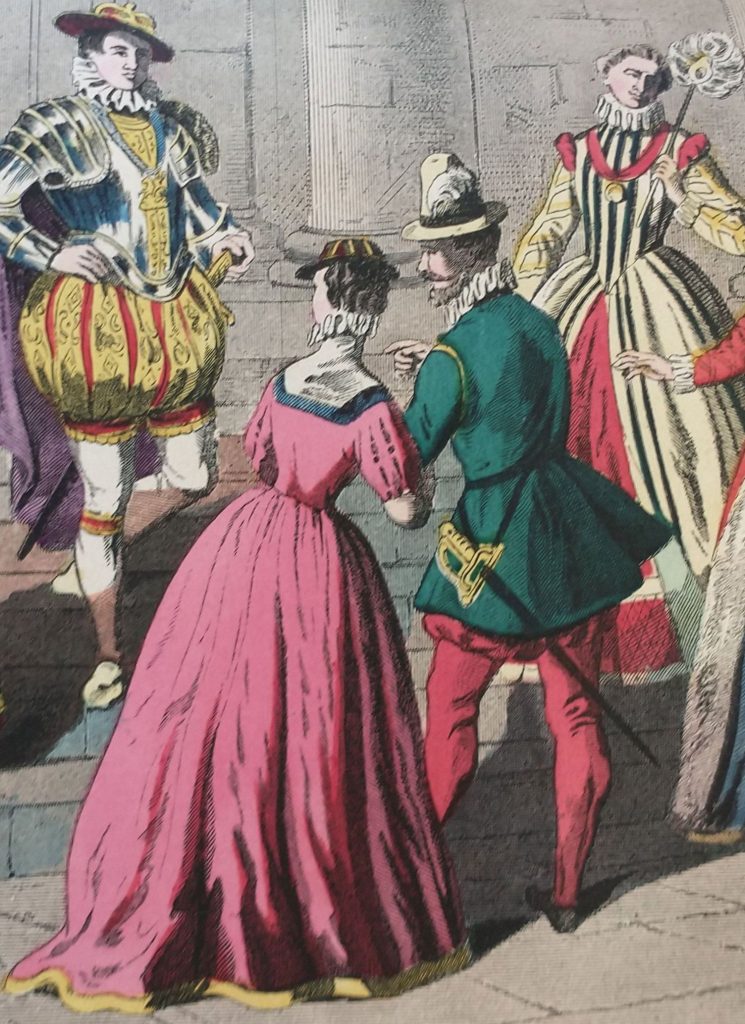
Wedding dresses were traditionally whatever pretty dress you had. White only became de rigueur once Queen Victoria wore one, and the costs of material reduced because of mass production.
First Published on 30th November 2022, Revised and republished on 30th November 2023, Advent weddings added in 2024
